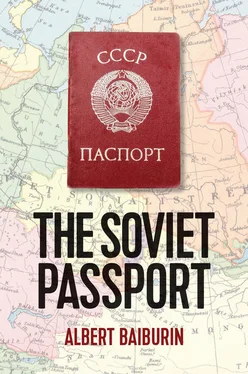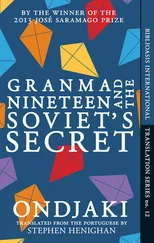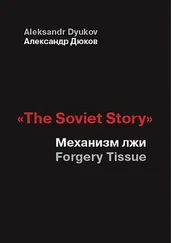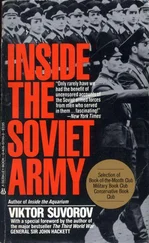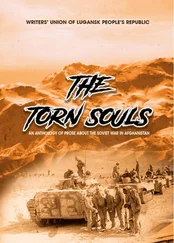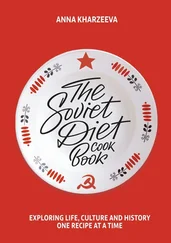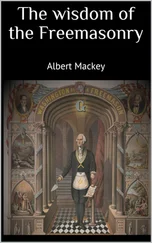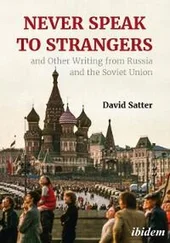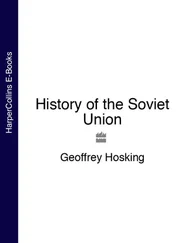Articles in this project contain interesting ideas and thoughts on the role of the document and the peculiarities of the way in which it functions in different cultural contexts, and these ideas will be explored in the relevant sections of this book. Here, perhaps, it is worth noting that Kaspe makes a useful distinction between the Russian terms dokumental’noye and dokumentnoye . 10Indeed, the term dokumental’noye (especially in such combinations as dokumental’nyi zhanr ‘the documentary genre’ or dokumental’nyi diskurs ‘the documentary discourse’) is linked to a particular tradition in research in which there is no significant difference between documents in the broad understanding (in The Oxford English Dictionary , ‘something written, inscribed, etc., which furnishes evidence or information upon any subject, as a manuscript, title-deed, tomb-stone, coin, picture, etc.’) or the narrow one (written documents produced for a given official purpose of the kind normally to be found in archives). We shall be dealing here with the second category, which I shall term the ‘documental’; 11that is, texts that have been specifically created in order to preserve and represent information which, for one reason or another, falls into the category of ‘reliable’. The type and purpose of such documents can be described by words such as ‘attest’, ‘assure’, ‘affirm’, ‘certify’ and ‘identify’. They have a particular period of validity and certain specific features and properties. In common usage, actual documents and documents in the wider sense are grouped in the single category of the ‘documentary’. For the purposes of my discussion here, I shall disaggregate the material into two categories, and will concern myself with the ‘documental’, leaving the broader term ‘documentary’ to analysts for whom the distinction between different types of document has little significance.
Even if we do not understand too well what the different sorts of documents are, what is important is they are easy to recognize. They make up a specific body of texts, or, to be more precise, a class of papers. Their quality and the very paper on which they were printed was so significant that documents frequently came to be referred to as ‘papers’. And it was this paper quality which led to them being described both respectfully and in a pejorative fashion. 12Just as in the post-Soviet period we could immediately recognize advertising fliers that were pushed through our letter boxes, the document has long been instantly recognizable. It always has a certain look to it. Special forms and templates were devised for documents. (In Soviet times we knew them by their number: Form Number 1 was the main one, which a citizen would fill out in order to obtain a passport. This contained far more details about the person than the passport itself. Form Number 9 was needed to apply to register in a particular city, and so on.) This speaks about the limits of their contents, and about the fact that, by their very nature, documents were designed to be used in a narrow set of circumstances. They were instantly recognizable. It was not by chance that the templates for documents were the first texts to be laid out in printed form. 13
According to the Russian linguist, Sergei Gindin, there are two types of coherence in a text. One is internal or intrinsic, not requiring anything extratextual, while the other type of coherence depends on the relation to an external matrix or template and cannot be understood without relation to that. 14Like many other documents, the passport falls into the second category; but its layout has become so much a part of the consciousness of ‘the passport person’ that the basic details can be easily understood without referring to the template itself. Texts such as autobiographies written in the Soviet period bear witness to this: they give the sort of personal details found in passports, but with no reference to the actual passports themselves.
We are interested here in written texts. There is a different relationship to the written text than there is to the oral text. Until comparatively recently, the written document was regarded as an object which was endowed with magical powers. 15All the details of the document speak about its authority: the size and quality of the paper on which it is printed; the way in which it is protected; its properties; and so on. This all goes to create a particular aura for the document, which leaves one in no doubt that herein lies special, protected, information. Later on, when documents began to be printed, they were marked out by an indispensable group of handwritten details, such as a specific date, the person’s name, their own signature, and so forth. This combination of the printed and the handwritten can be seen as immediately demonstrating the formal nature of the document as well as the importance of the information contained therein. The printed part gives the standard information, which any similar document would have, while the handwritten entries are there to ensure its uniqueness. This dual nature determines the different attitudes to the printed and the handwritten parts of the document. In particular, when it is checked, special attention is paid to the handwritten entries, which are the ones where forgeries most often occur.
As mentioned above, a document may be regarded as a vehicle for templates, examples or certain standards, and this stereotypical function is so strong that it is reflected in the language of the document, which is typical for its formal nature, both in its address and in its contents. ‘This document is intended to bring to your attention …’; ‘This is hereby to certify that Mr S.V. Ivanov …’. As is well known, red tape is marked out by a high level of conventionality; one often finds that the initial variants of contemporary forms can be found in bureaucratic writing of the nineteenth century or even earlier.
Typically, the drawing up of documents involves both their form and their contents. Perhaps this is true above all for documents relating to identity. We find here a somewhat paradoxical situation: a document which is designed to highlight and emphasize the individual ’s characteristics is made up of a conventional collection of evidence, deliberately designed to standardize everything. We shall be discussing in detail the way in which the person’s details are stamped onto this.
Unlike other texts, the document always has certain properties that immediately identify it as such. These include the date, the stamp, the signature, the series, the number, the particular quality of the paper to protect against fraud and so on. Besides, the modern document (in contrast to documents from long ago) always has a reference number which indicates where it is filed in a particular database, so that it can be easily located. This means that the origin of the information contained in the document can be established and verified. In reality, though, it is possible to check and confirm only the source of the evidence (that is, the body which checked the evidence) but not the actual evidence itself. For example, can one prove that Mr X was born on 5 May 1922 if the actual record of his birth has not survived? Or that Ms X is Russian if previously no record was kept of nationality? As Galina Orlova wrote in her paper, ‘Inventing the document: the paper trail of the Russian Office’, ‘Geared as it is to the priority of the written word, the document does not so much confirm the existence of the person it describes as provide a sufficient and definite confirmation of the documentary record.’ 16In other words, the document does not definitively demonstrate some kind of correspondence with a previously established fact. Its ‘strength’ lies elsewhere: the fact that it comes from an authoritative source. The true value of the document is indeed magical, rather than an established and verified fact. In this sense we can say that the document is an object enclosed within itself; or, in other words, a self-referencing item. 17
Читать дальше
